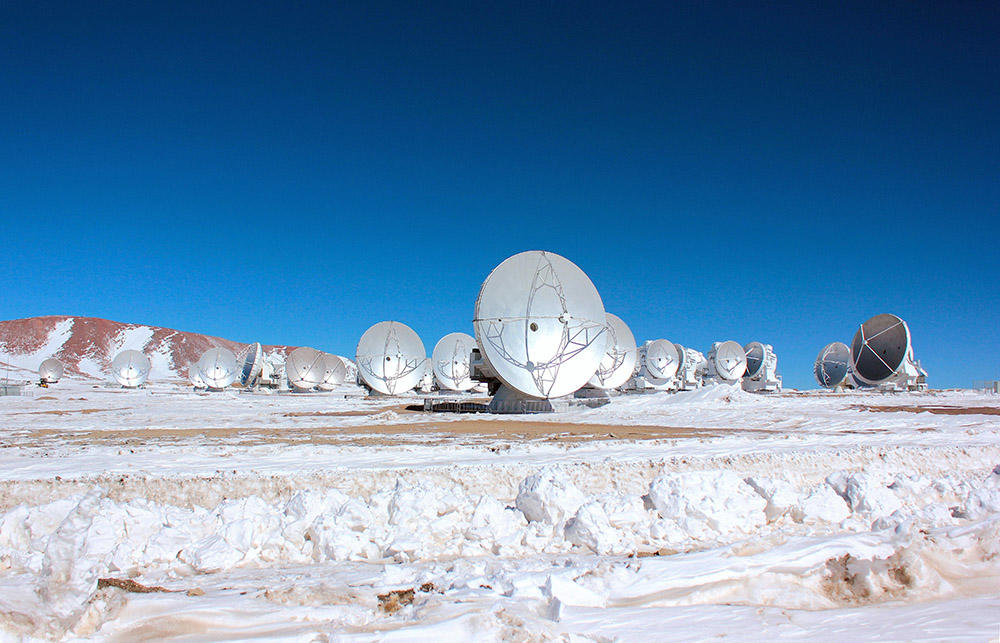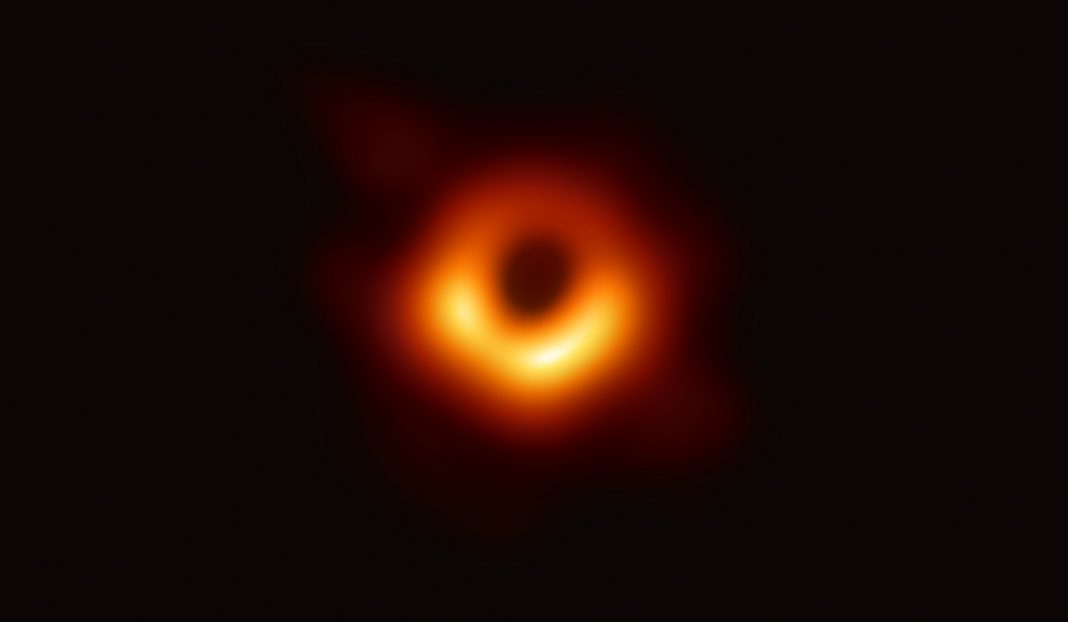Scientists working with the Event Horizon Telescope (EHT) have revealed the fruits of an all-consuming attempt to see the impossible: In 2019, we now have the first-ever image of a black hole
EHT project director Sheperd S. Doeleman of the Center for Astrophysics said:
“We have taken the first picture of a black hole.”
“This is an extraordinary scientific feat accomplished by a team of more than 200 researchers.”
At the centre of the galaxy M87, a black hole 3 million times the size of our earth lurks. It is devouring everything around it, unaware that it is being devoured by scientists 500 million trillion km away via the most powerful eight telescopes available to mankind.
The information has been published in Astrophysical Journal Letters.
To process this image, telescopes did not simply point in the right direction, collecting light information and relaying it into a cohesive image. The EHT team described their combined accuracy and reach as similar to “reading the date on a quarter at the distance from New York to Los Angeles.”
We see it here as a large dark shape with light bending to form a bright ring around it, due to the intense gravity of the supermassive black hole.
Paul T.P. Ho, EHT Board member and Director of the East Asian Observatory said:
“Once we were sure we had imaged the shadow, we could compare our observations to extensive computer models that include the physics of warped space, superheated matter and strong magnetic fields. Many of the features of the observed image match our theoretical understanding surprisingly well.
“This makes us confident about the interpretation of our observations, including our estimation of the black hole’s mass.”
This image has given the scientific community the strongest available evidence that these black holes exist, paving the way for further investigation into their effects.
The National Radio Astronomy Observatory commented:
“Supermassive black holes can be relatively tranquil or they can flare up and drive incredibly powerful jets of subatomic particles deep into intergalactic space; quasars seen in the very early Universe are an extreme example. The fuel for these jets comes from in-falling material, which becomes superheated as it spirals inward.
“Astronomers hope to capture our Galaxy’s central black hole in the process of actively feeding to better understand how black holes affect the evolution of our Universe and how they shape the development of stars and galaxies.
“High resolution imaging of the event horizon also could improve our understanding of how the highly ordered Universe as described by Einstein meshes with the messy and chaotic cosmos of quantum mechanics.”

The observations with the EHT and the GMVA were completed in April 2017. The data collected by the antennas around the world had been sent to the United States and Germany, where data processing was conducted with dedicated data-processing computers called correlators. The data from the South Pole Telescope, one of the participating telescopes in the EHT, arrived at the end of 2017, and then data calibration and data synthesis began.

The time it took, between data collection and a visual result, was completely expected by the researchers and general astronomical community.
The EHT collaboration involved more than 200 researchers from Africa, Asia, Europe, North and South America.












The visible boundary of a black hole located in the center of the M87 galaxy at a distance of 16.4 million light-years from Earth. So if a black hole consumes the Earth, the remains of the Earth will still be visible for a long time, so for some civilization humans will be alive.